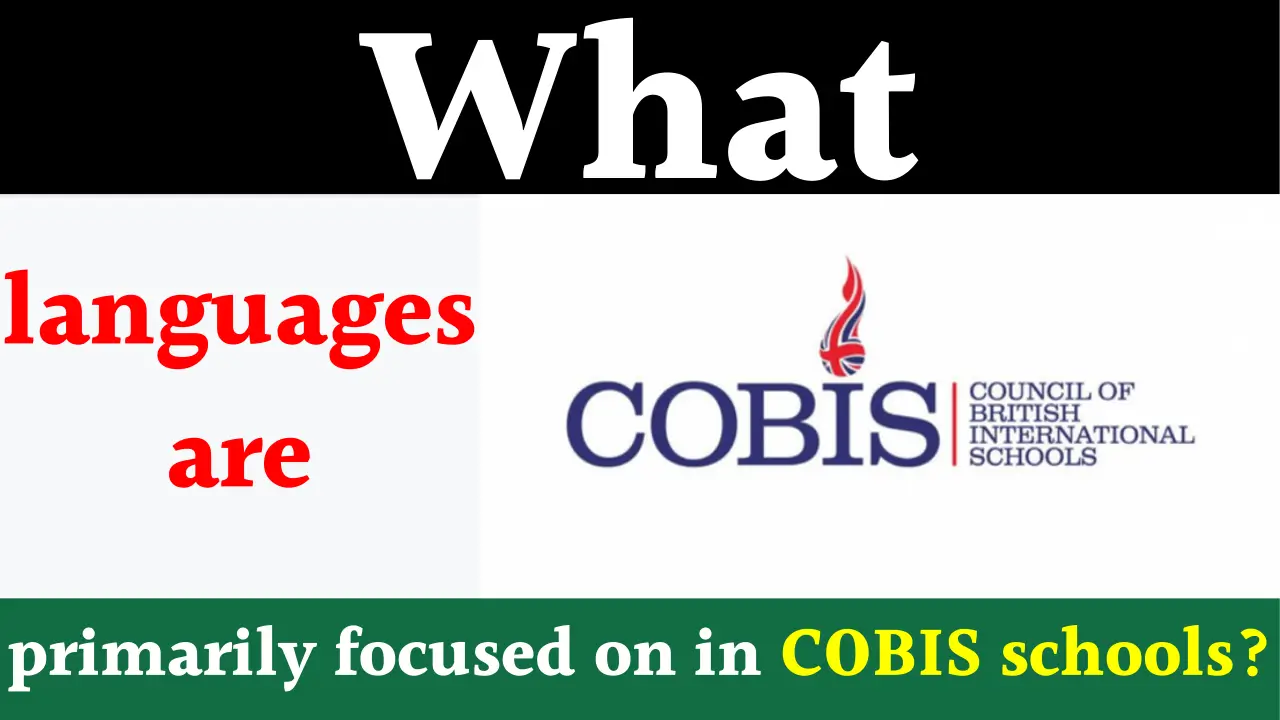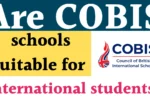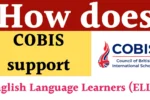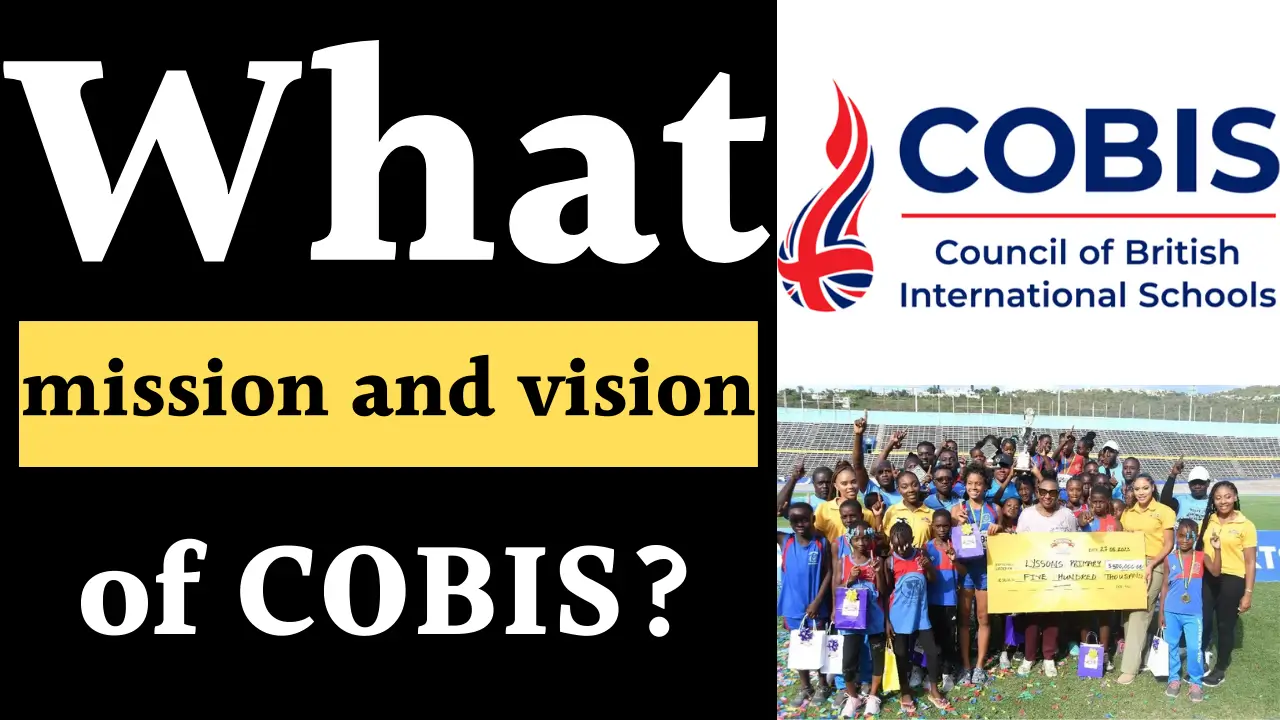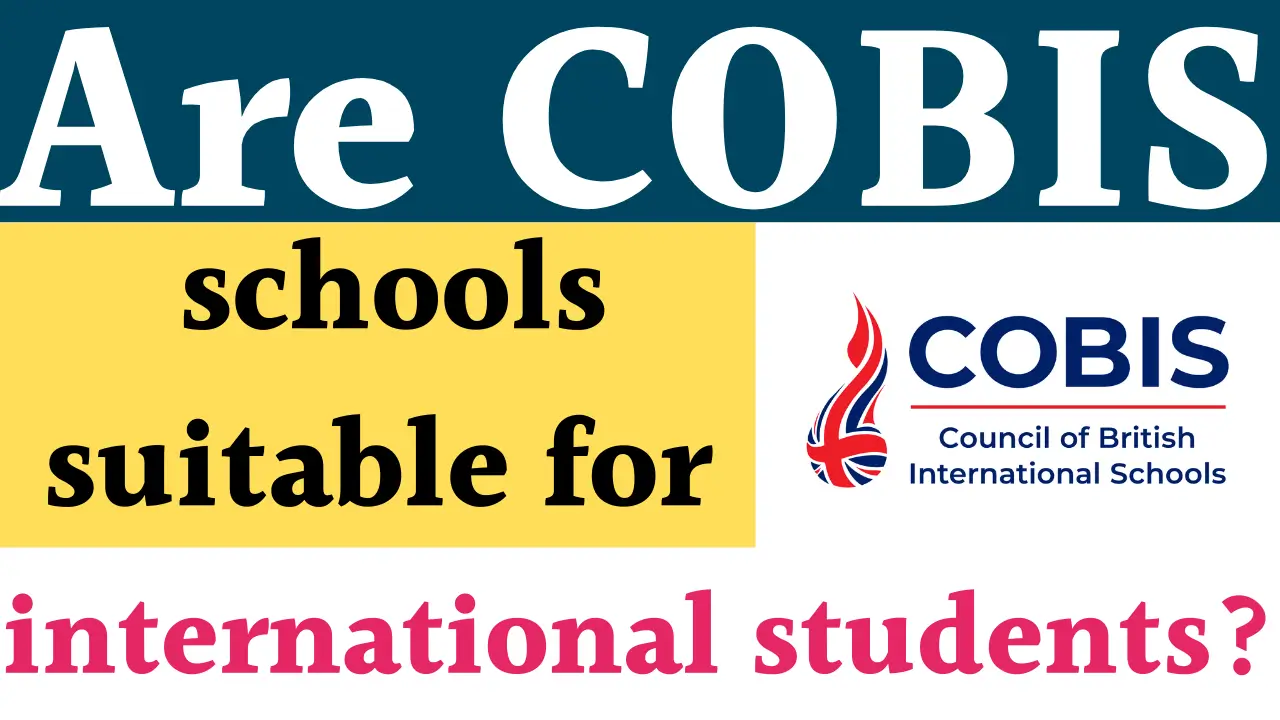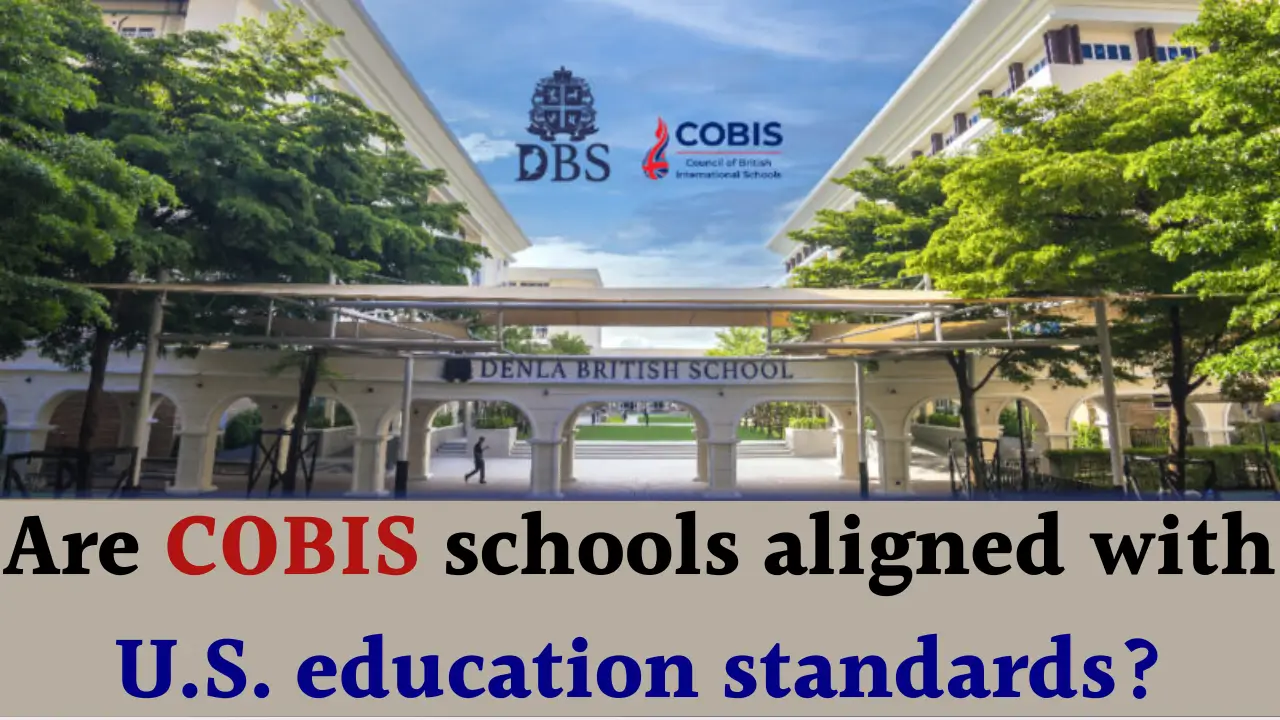COBIS (Council of British International Schools) is a prestigious organization that includes British international schools around the world. These schools offer education mainly based on the British curriculum and aim to provide a global standard of education. One key area of focus in COBIS schools is language education, which plays a crucial role in developing students’ communication skills and cultural awareness.
This article explores the primary languages taught in COBIS schools, the importance of these languages, and the latest updates in language learning at these schools.
Overview of Language Focus in COBIS Schools
COBIS schools emphasize multilingual education as part of their curriculum to prepare students for a globalized world. Although English is the main medium of instruction, these schools encourage learning multiple languages to promote diversity and cultural understanding.
- English: The primary language of instruction.
- Modern Foreign Languages: Common options include French, Spanish, and German.
- Additional Languages: Depending on the region and school, languages such as Mandarin, Arabic, and other regional languages are also offered.
The language programs in COBIS schools not only focus on speaking but also on reading, writing, and cultural knowledge.
Importance of Language Education in COBIS Schools
Language learning is vital in COBIS schools for several reasons:
- Global Competence: Students become competent communicators across cultures.
- Career Opportunities: Multilingualism is valued in many careers.
- Cognitive Benefits: Learning languages improves memory and problem-solving skills.
- Cultural Awareness: Understanding languages helps students respect different cultures.
These benefits align with COBIS’s goal to develop well-rounded global citizens.
Languages Primarily Taught in COBIS Schools
Below is a table summarizing the key languages commonly taught in COBIS schools worldwide:
| Language | Description | Typical Year Levels Offered | Region-Specific Variations |
|---|---|---|---|
| English | Main language of instruction | All years | Universal |
| French | Popular modern foreign language | Key Stage 2 to Sixth Form | Mostly Europe, Africa, Asia |
| Spanish | Widely spoken global language | Key Stage 2 to Sixth Form | Popular in Americas, Europe |
| German | Another common European language | Key Stage 2 to Sixth Form | Europe-focused |
| Mandarin | Increasingly important for future business | Often offered as an option | Asia, Middle East, some Europe |
| Arabic | Critical for students in Middle Eastern locations | Key Stage 2 and above | Middle East and North Africa |
| Additional Local Languages | Depending on the school’s location and local demand | Variable | Varies by country |
Language Curriculum Structure in COBIS Schools
COBIS schools follow a structured curriculum that includes:
- Primary Level (Key Stage 1 and 2): Introduction to basic vocabulary, simple conversations, songs, and cultural stories to build interest and foundational skills.
- Secondary Level (Key Stage 3 and 4): More structured lessons focusing on grammar, writing, reading comprehension, and oral skills, often aligned with international exams.
- Sixth Form (A-Level or IB): Advanced language studies, literature, and sometimes bilingual programs.
Latest Updates in Language Education at COBIS Schools
COBIS continually updates its language teaching methods and offerings based on educational trends and student needs. Recent developments include:
- Increased Focus on Mandarin: Due to its global economic importance, more COBIS schools have integrated Mandarin language programs, including beginner to advanced levels.
- Use of Technology: Interactive language apps and digital platforms are widely used to enhance learning, offering students immersive experiences.
- Cultural Exchange Programs: Many schools now encourage student exchanges and international visits to improve real-world language use.
- Personalized Learning: Tailored language support is offered to students to help those with diverse language backgrounds or learning needs.
- Bilingual Education: Some COBIS schools have introduced bilingual streams or dual language programs to enhance fluency.
Advantages of Language Learning in COBIS Schools
Learning languages in COBIS schools offers several advantages:
- Exposure to diverse languages increases global awareness.
- Multilingual skills improve academic and career prospects.
- Students develop confidence in communication in multiple languages.
- Cultural sensitivity is deepened through language studies.
- Language learning is supported by qualified teachers and modern resources.
Challenges and Solutions in Language Learning
- Challenge: Language diversity can sometimes overwhelm students new to certain languages.
- Solution: COBIS schools offer additional support classes and language clubs.
- Challenge: Integration of technology requires teacher training.
- Solution: Continuous professional development for language teachers is emphasized.
- Challenge: Balancing curriculum demands with language learning time.
- Solution: Schools create flexible timetables and integrate language use across subjects.
Conclusion
In COBIS schools, English is the core language of instruction, but a strong emphasis is placed on the learning of additional languages like French, Spanish, German, Mandarin, and Arabic. The focus is not only on language proficiency but also on cultural understanding and global readiness. With updated teaching methods, technology integration, and personalized learning, COBIS schools ensure that students are well-equipped to thrive in a multilingual world. This makes language education a cornerstone of their holistic approach to international schooling.

